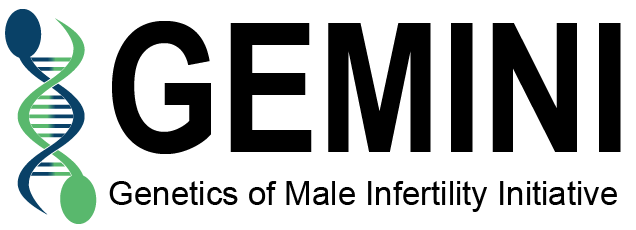The latest paper from GEMINI collaborators in Australia is now available online in Human Genetics. Congratulations!
Abstract
Male infertility is a heterogeneous condition of largely unknown etiology that affects at least 7% of men worldwide. Classical genetic approaches and emerging next-generation sequencing studies support genetic variants as a frequent cause of male infertility. Meanwhile, the barriers to transmission of this disease mean that most individual genetic cases will be rare, but because of the large percentage of the genome required for spermatogenesis, the number of distinct causal mutations is potentially large. Identifying bona fide causes of male infertility thus requires advanced filtering techniques to select for high-probability candidates, including the ability to test causality in animal models. The mouse remains the gold standard for defining the genotype-phenotype connection in male fertility. Here, we present a best practice guide consisting of (a) major points to consider when interpreting next-generation sequencing data performed on infertile men, and, (b) a systematic strategy to categorize infertility types and how they relate to human male infertility. Phenotyping infertility in mice can involve investigating the function of multiple cell types across the testis and epididymis, as well as sperm function. These findings will feed into the diagnosis and treatment of male infertility as well as male health broadly.
